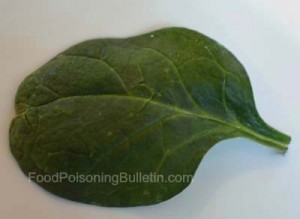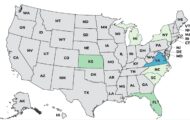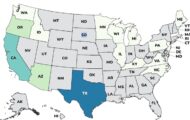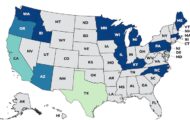Research at Texas A&M is looking at E. coli contamination on leafy vegetables. The research looks at how the likelihood that a crop will be contaminated by E. coli before harvest is strongly influenced by both farm management and environmental factors. The study is published in the journal Applied and Environmental Microbiology.
 Contaminated produce is the most common source of food poisoning in this country. Between 1998 and 2008, of the 68,000 food poisoning illnesses that were assigned to one of the 17 food commodities, 13% were associated with leafy greens. And the number of illnesses caused by leafy greens is increasing, from 6% in 1999 to 11 percent in 2008.
Contaminated produce is the most common source of food poisoning in this country. Between 1998 and 2008, of the 68,000 food poisoning illnesses that were assigned to one of the 17 food commodities, 13% were associated with leafy greens. And the number of illnesses caused by leafy greens is increasing, from 6% in 1999 to 11 percent in 2008.
The study, led by Dr. Renata Ivanek, cross-referenced environmental data with information from farms in several test areas. The scientists determined how farm management, location, and weather affect spinach contamination with E. coli bacteria. Twelve farms in Colorado and Texas were part of this study.
The odds of spinach contamination decreased to 1 in 17 with implementation of good hygiene practices for farm workers. But the odds increased to 4 in 1 for every millimeter increase in the average amount of rain in the month before harvest because of runoff. Applying manure to the field increased contamination odds to 52 in 1.
While hygiene practices and fertilizer application are relatively easy to change, rainfall is not controllable. The scientists are trying to turn the information about rainfall and contamination into some type of plan that farmers could implement.
Dr. Evelyn Tiffany-Castiglioni, head of the Department of Veterinary Integrative Biosciences at the university said, “in order to increase food safety, legislators and food producers need objective evidence about sources of contamination. Dr. Ivanek’s group provides scientific evidence that will inform farm managers about where improvements can be made before harvest to help reduce contamination of spinach with E. coli and pathogens.”




